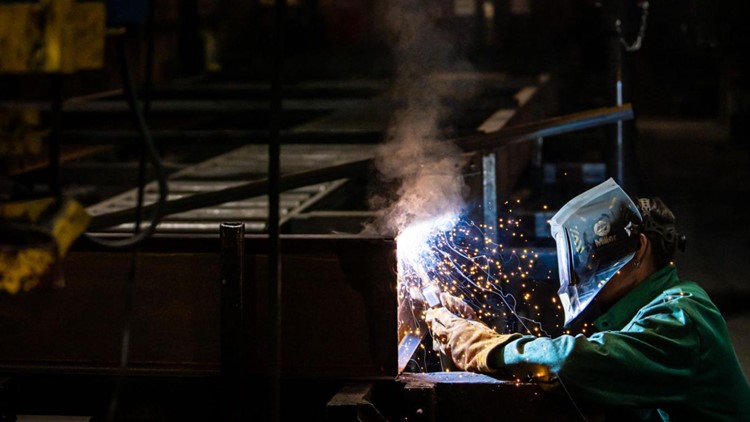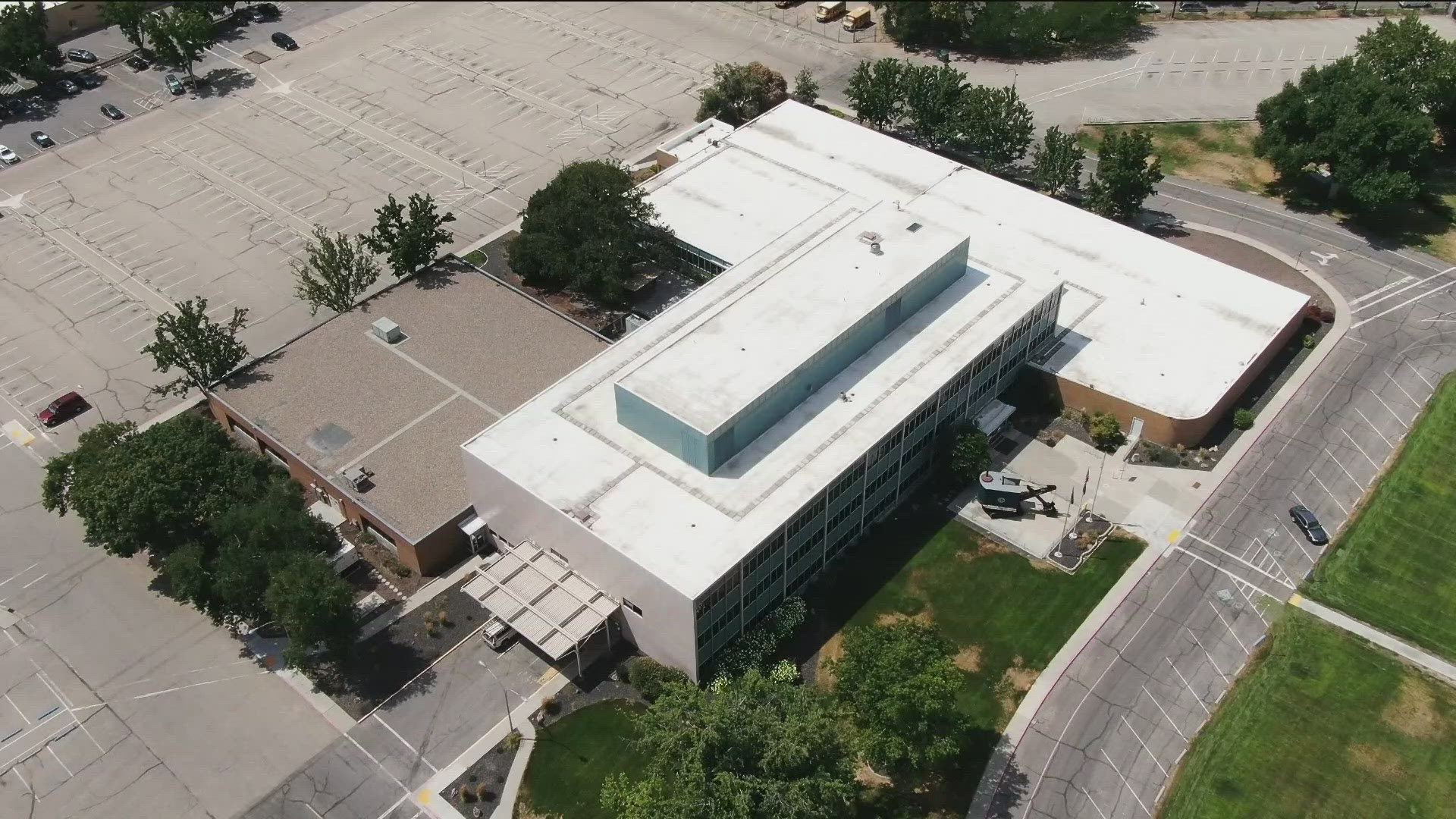BOISE, Idaho — This article originally appeared in the Idaho Press.
There are 23,000 fewer workers in Idaho compared to the beginning of the pandemic.
Amid the national trend, sometimes referred to as the Great Reshuffling or the Great Resignation, economists, employers, policy makers and others are trying to understand why so many have changed jobs or left the workplace entirely over the past two years.
Where those workers have gone and what employers can do to bring them back was the topic of a January webinar hosted by Idaho Business for Education, a network of business leaders looking to bolster Idaho’s education system to supply the job market with qualified workers.
The rate at which members of the working-age population are actively working or are unemployed and looking for work is called the labor participation rate, explained Ron Hetrick, a labor economist with Emsi Burning Glass, a labor market analytics firm, who presented the webinar. Idaho’s labor force participation rate reflects a national trend: hovering around 63%, it’s falling instead of rising, even as pandemic restrictions have eased.
Hetrick’s webinar offered some reasons why and explored strategies companies can use to attract employees apart from offering better pay. Some programs and employers in the Treasure Valley already use Hetrick’s suggestions.

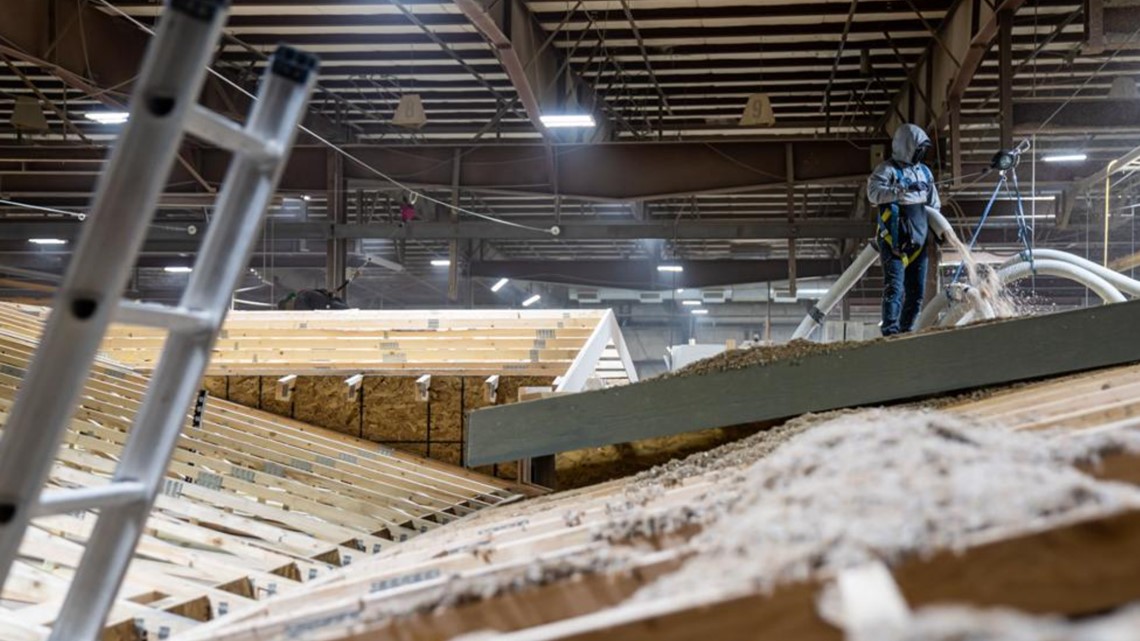
GREAT RESHUFFLING OR GREAT RESIGNATION?
Labor force participation was already a problem before the pandemic arrived, Hetrick said. For decades, during the working years of the baby-boom generation (generally considered people born between 1946 and 1965), the workforce in the U.S. effectively doubled, Hetrick said. It became increasingly necessary for people to develop differentiated skills by earning certifications and advanced degrees to compete against others in the crowded labor pool, Hetrick said.
But when baby boomers started retiring in the early 2000s, the number of people available to work or seeking work began to shrink. In 2016, millennial workers became the largest segment of the workforce, he said.
By February 2020, the U.S. was at record-low unemployment at just 3.5% nationally, Hetrick said; unemployment in Idaho at the time was 2.69%. There were 7 million open jobs, and only 5.9 million unemployed people, he said.
Now, there are 10.6 million jobs available in the U.S., a 43% increase from two years ago, Hetrick said.
Additional baby boomer retirements helped drive the shortage, Hetrick said. When the pandemic hit, a significant number of people over the age of 55 retired en masse, bolstered by a lifetime of dual-income and strong gains in the stock market and retirement plans, he said.
The U.S. is missing roughly 5 million workers from its workforce, Hetrick said, citing research from the U.S. Bureau of Labor Statistics. Of those, the largest gap is in the 55-and-over age group at 3.4 million people, followed by the 25-54 age group at 1.2 million people, Hetrick said. (The 20-24 age group is not missing an excess number of workers compared to pre-pandemic levels, according to the statistics.)
But because people in the 55+ age group have left for retirement, getting them to seek employment would be difficult, Hetrick said.
To complicate matters, available jobs are mismatched with the qualifications of those looking for work, Hetrick said. The U.S. boasts a highly educated workforce, with more people having completed at least some college than those with a high school education, Hetrick said. But out of the 10.6 million jobs available, 6.5 million are in the service sector, Hetrick said.
Many of those service jobs — working in restaurants, bars, hotels and stores — often offer lower pay and lack health insurance and retirement benefits.
“The pain that we’re feeling when we’re driving around town seeing ‘Help Wanted’ signs is because we are missing a significant number of these people who only have a high school diploma or less,” Hetrick said.
Most people who fill jobs that pay less than $20 per hour are in their early 20s, Hetrick said. But that population is decreasing dramatically over time as the U.S. birth rate stays low — there are far fewer people coming of age in that age group, Hetrick said.

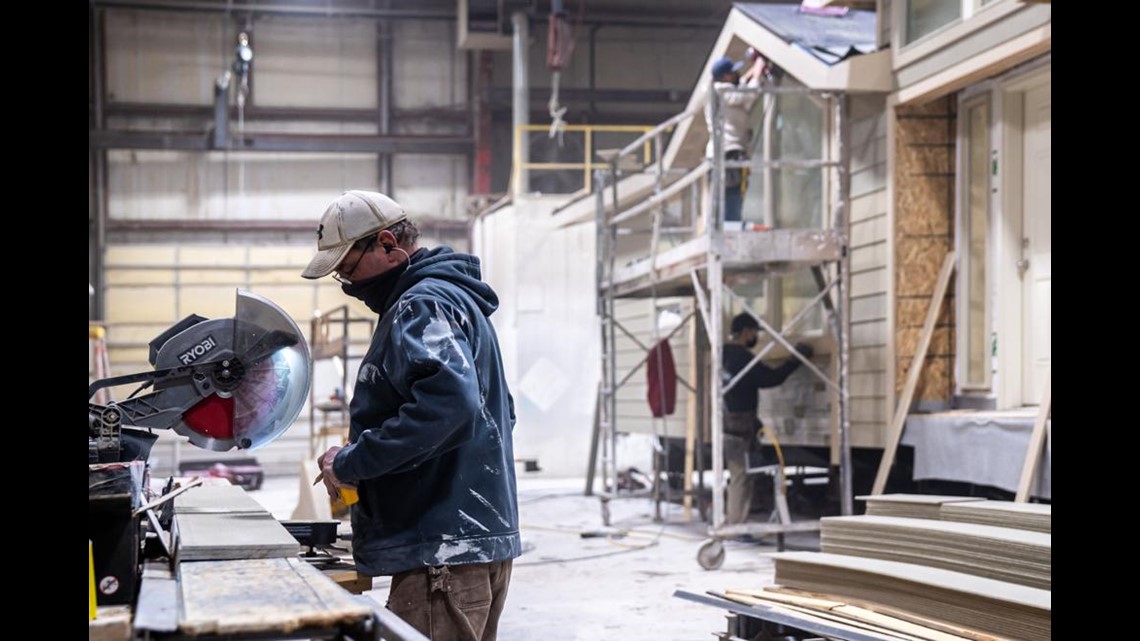
WHAT CAN EMPLOYERS DO?
There has been considerable discussion about workers shopping around for employers offering better pay, Hetrick said. While companies may want to consider paying workers more, there may be other ways for a company to attract and retain workers, Hetrick said.
Offering high school and college internship programs that familiarize the community with an employer and its opportunities is one way. Offering flexible schedules and part-time work may help attract folks out of retirement who are not looking for a typical 9-to-5 job, Hetrick said. And being willing to train people so that they have the skills a particular position needs could also help, Hetrick said.
Child care is a huge expense many workers face. Offering on-site child care, or pooling resources between several companies to offer a shared child care center could help make an employer more attractive to an applicant, Hetrick said.
Finally, when an applicant declines a job offer, employers should be gathering feedback on why they declined and using that to shape retention programs and policies, Hetrick said.
Programs and companies around the Treasure Valley are trying out some of these strategies and forging a new work culture in the pandemic era.

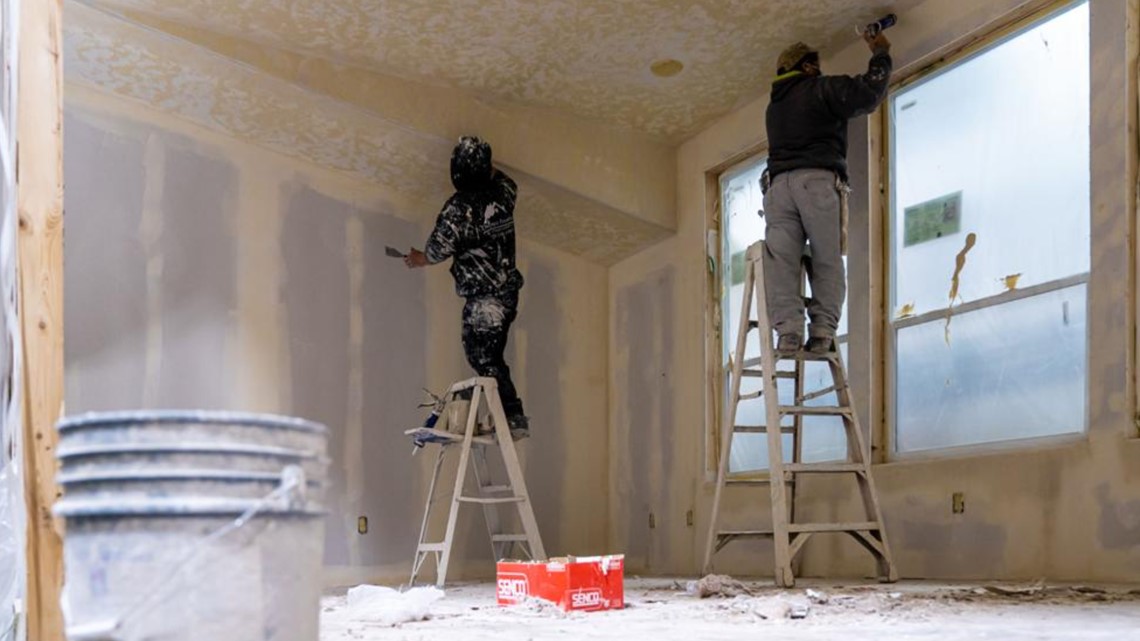
BRONCO CORPS CONNECTS STUDENTS AND EMPLOYERS
In the fall of 2020, Boise State University’s College of Business and Economics launched a program to pair student interns with local businesses and nonprofits at no cost to the employer.
Called Bronco Corps, the program continued into 2021 and is currently processing employer applications for summer 2022, said Laura Chiuppi, the director of career services for BSU’s College of Business and Economics.
The program has filled nearly 67 internships, all paid with private donations and at no expense to the employer, Chiuppi said. About 40% of students who participate in the program are offered additional work with the company following the internship, Chiuppi said.
Providing a professional, paid learning experience is a key stepping stone for many students and their future careers, Chiuppi said.
“Paid internships are extremely important, especially in a place like Boise State where we have so many non-traditional students that can’t sacrifice a learning experience for a paid job,” Chiuppi said. Students earn $12.50 per hour and have the opportunity to work up to 160 hours for a total of $2,000, she said.
Interns have worked for Boise Bicycle Project, City Peanut Shop, Proof Eyewear, and other local employers, Chiuppi said.

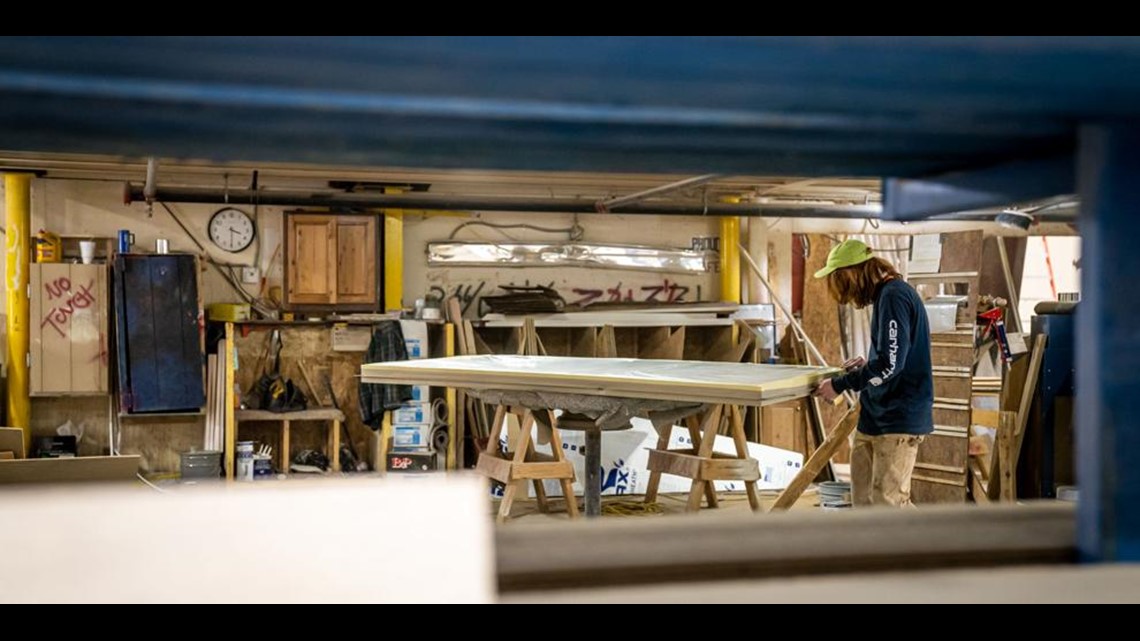
MICRON SEEKS TO HELP EMPLOYEES IN ALL STAGES OF LIFE
Micron Technology Inc., a Boise-based hardware development company, also offers a robust summer college internship program, said April Arzen, chief people officer for the company.
“The internship program is a rich source of talent,” Arzen said. “That’s the reason we do it — it’s our future talent pipeline.”
At the end of a summer, 84% of interns have a job offer in hand with the company should they decide to return upon graduation at the end of their last year of school, Arzen said.
Apart from its internship program, the company is planning to build a new onsite childcare center, Arzen said. Employees will have to pay for the services, which will be operated by an outside provider, but the company plans to front some of the cost so that it will be reasonable, Arzen said.
In addition to supporting employees, the center is a way the company can support early childhood STEM education — science, technology, engineering, and math — exposing kids to those kinds of careers from a young age, Arzen said.
On the hiring side, the company tracks the reasons why an applicant declines a job, Arzen said. For example, if a particular position has been offered to three separate applicants, all of whom have declined for salary reasons, the company’s compensation team may be asked to reevaluate the pay for the job, Arzen said.

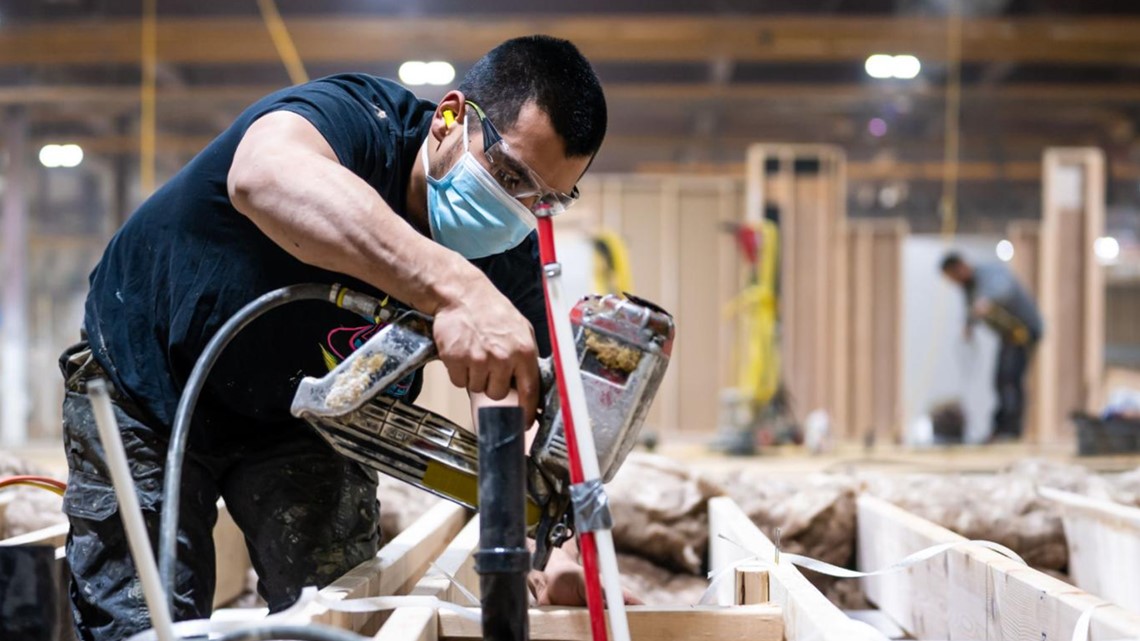
KIT CUSTOM HOMEBUILDERS TRAINS NEW EMPLOYEES
Jared Oviatt, production manager with KIT Custom Homebuilders in Caldwell, has no reservations about hiring employees and training them so that they have the skills they need. That’s how he got his start in the homebuilding industry in college.
Though increasing the company’s starting pay to $20 per hour has helped generate interest in the company, Oviatt thinks being willing to train employees is important, too.
“To start out, we’re looking for someone who has a desire to learn, has good attendance, and has hopefully a work ethic inside of them that we can mold,” Oviatt said.
Each new employee is assigned a full-time trainer that checks in frequently with the new employee to monitor their progress, help them find tools, and generally help them succeed in the company’s fast-paced environment, Oviatt said.
The company focuses heavily on the 30-day mark from when an employee is hired, Oviatt said.
“If people can acclimate to us in 30 days, we have a much greater opportunity of retaining them,” Oviatt said.
In the hiring process, it sometimes lose applicants who come in with some experience. For example, someone might have a year’s experience in roofing and want $30 per hour, Oviatt said. Out of fairness to other employees, the company generally will not accommodate that, Oviatt said.
In general, the company is always in need of 20 to 25 new employees at any given time, particularly as they work through a backlog of demand for home building.
“If I could hire 30 people tomorrow, I probably would,” Oviatt said.
This article originally appeared in the Idaho Press, read more on IdahoPress.com.
Watch more Local News:
See the latest news from around the Treasure Valley and the Gem State in our YouTube playlist:


